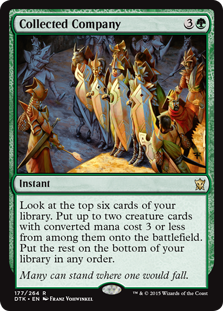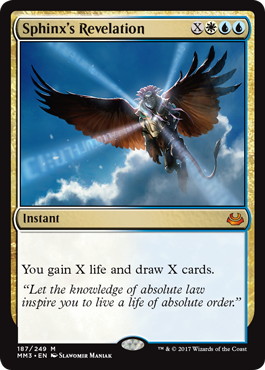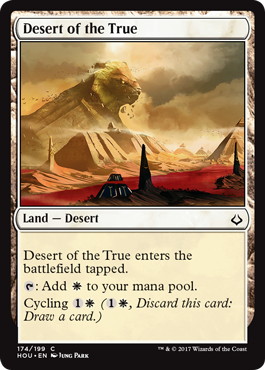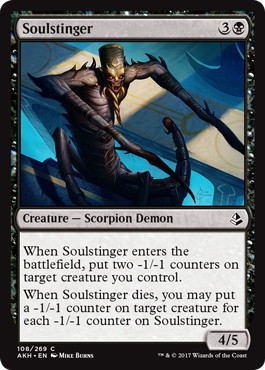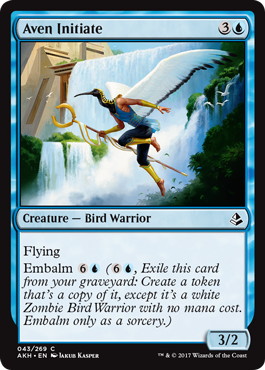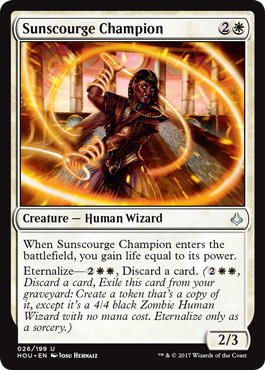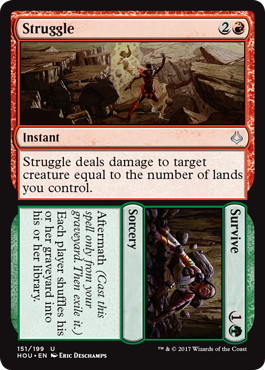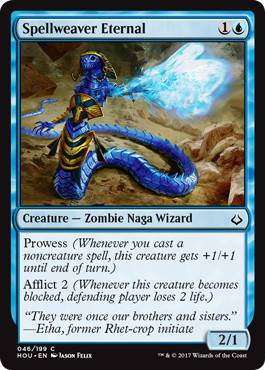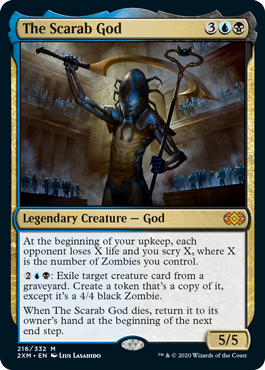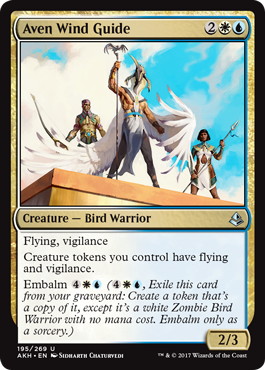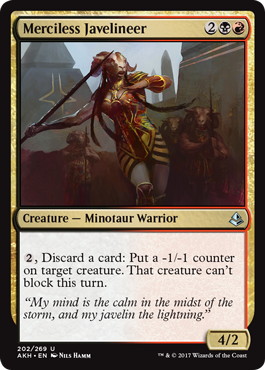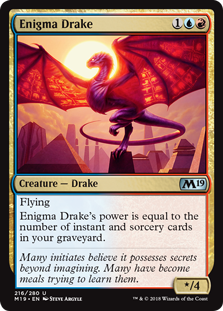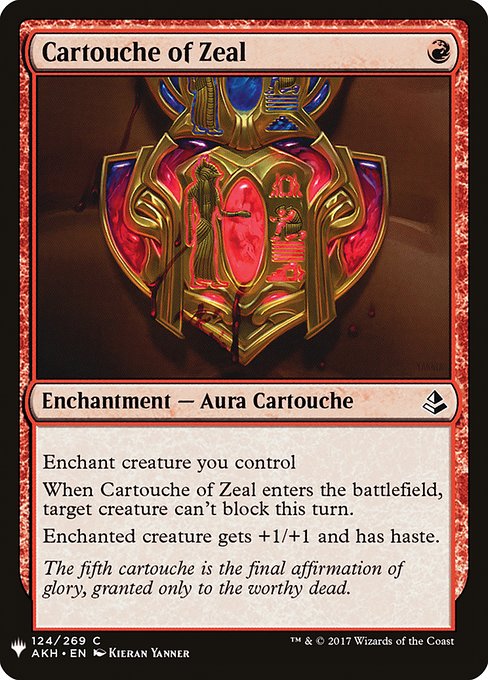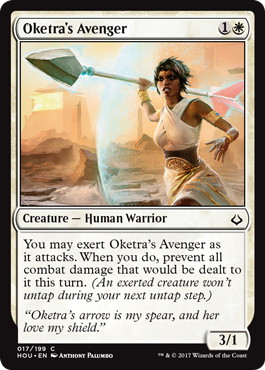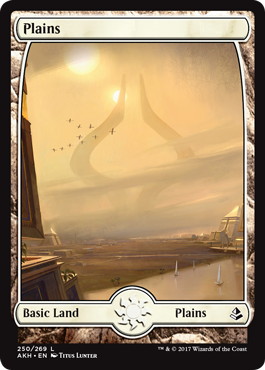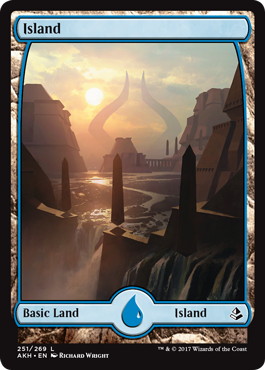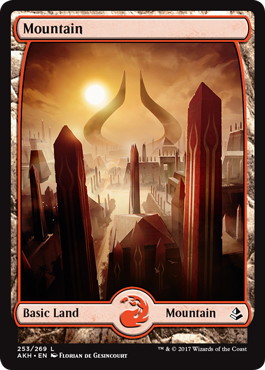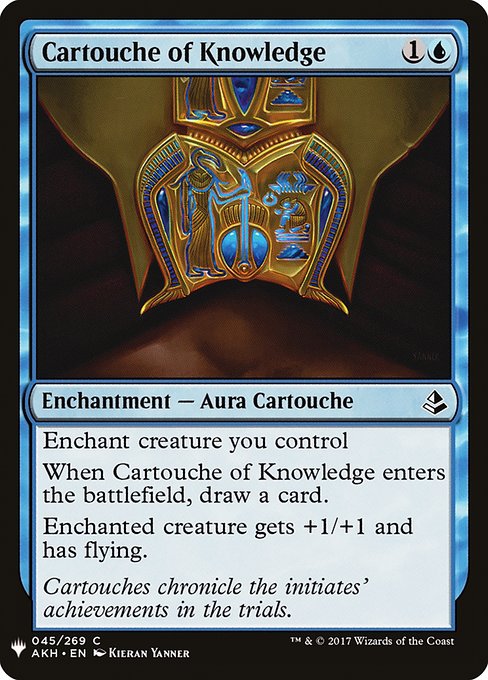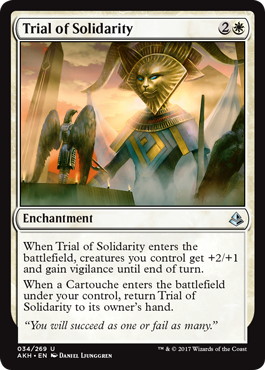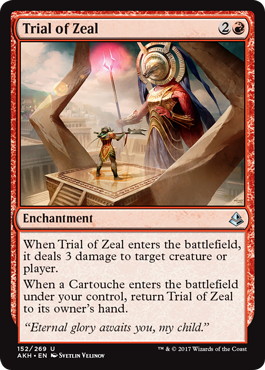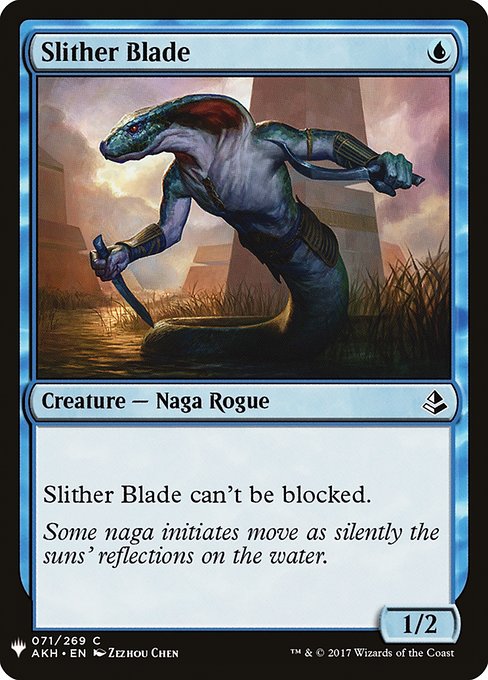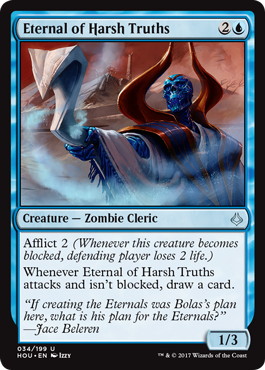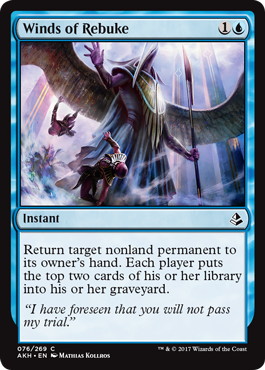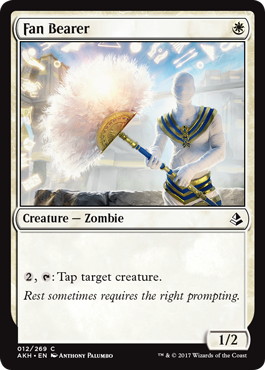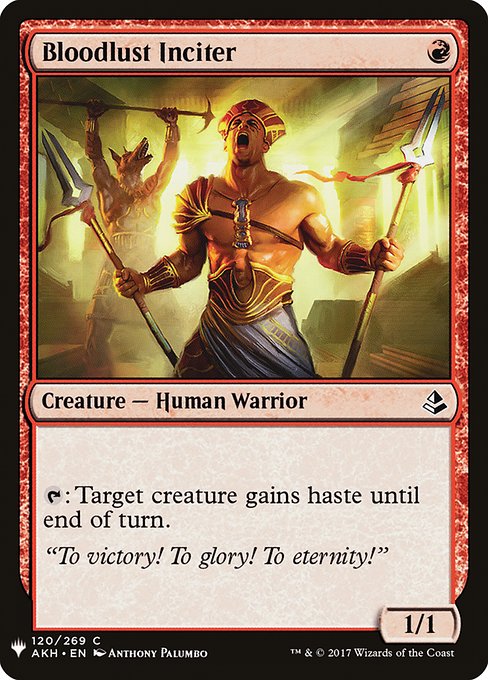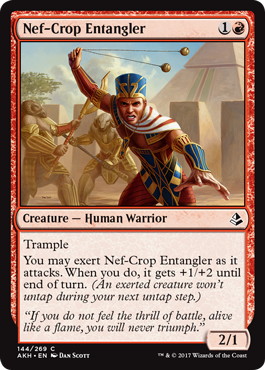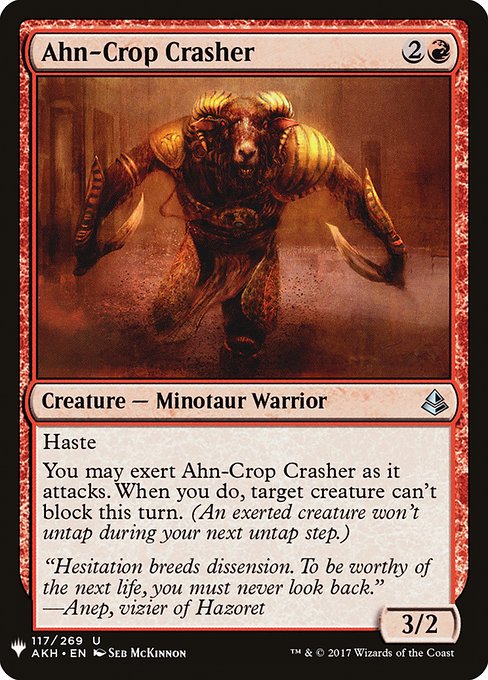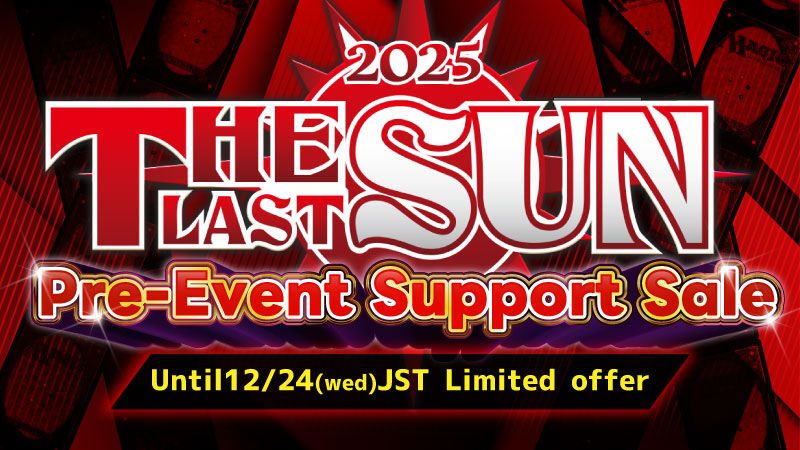What Is Amonkhet Remastered?
Amonkhet Remastered is the MTG Arena only set featuring reprint cards from mostly Amonkhet but includes Hour of Devastation and a few new cards. Unlike previous Arena drafts, you now draft with other human players meaning certain strategies that relies on tabling cards or reading signals are possible.
What Keywords and Archetypes Exist?
Amonkhet Remastered brings back all the mechanics we love from Amonkhet. For those who are unfamiliar with the format, this set has Cycling, -1/-1 counters, casting creatures back from your graveyard in the form of Embalm and Eternalize, Aftermath, Exert and Afflict.
The last two keywords notes Exert and Afflict are both situated for being aggressive and proactive. They reward attacking and are a big reason why I like hyper aggressive strategies so much in Amonkhet Remastered.
The Common Archetypes
Being Proactive
Amonkhet was the perfect set to be proactive and this carries onto Amonkhet Remastered. The reason to be both proactive and aggressive in this format is a factor of many things.
Firstly there is a lack of efficient removal spells that usually exist in a format. The lack of 2 and 3 costed removal spells make sticking creatures on the board early much easier. Additionally there is a huge support for this archetype in the form of creatures with Exerts and Cartouches to enchant onto your creatures.
MTG Arena is best of one, this means there is no sideboarding making hyper aggressive even better. Opponents don’t have the luxury of taking out high cost cards that would otherwise be bad against your deck.
Additionally you are naturally a deck that wants to play 15 lands and with the MTG Arena Bo1 Hand Algorithm, this greatly benefits from having a higher chance for a decent ratio of lands to spells in your starting hand.
So how do we draft an aggressive deck? Firstly I like to stick within the three colors, Blue, Red and White. Although if the correct cards come around we can go into different colors, the majority of success is within these three colors.
The most important thing is creating a nice curve with a good ratio of creatures to spells. Here is my suggestion.
This leaves up with up to 10 spells to accommodate these creatures. The most important cards are Cartouches. The blue one grants evasion and allows you to push damage. The white one acts like an early form of evasion because of how good first strike is at the beginning few turns and the Red one allows damage to be pushed through at all times. Don’t mistake these for just early plays, Cartouches are great both on turn 2 or turn 7.
The White and Red Trials are premium first picks for this strategy as they will end up generating incredible value throughout the game. The remaining slots in your deck should be focused on getting key removal spells.
But How Do You Get All These Good Cards When You Have To Prioritise Your Curve?
The best part about this strategy is the use of cards that table or go around very late in the draft. From my experience in drafting this set on Arena, all one-drops and most two-drops go around the table very late. You want to focus on picking cheap removal and Cartouches in the first few picks then fill it with cheap creatures.Remember the quality of the creature is not as important as the cost. We want to stick to the above ratios as much as possible as it ensures we can play a creature every turn with us dropping a creature plus a Cartouche as soon as possible.
Top Cards in Each Color to Look Out For
I will only include commons and uncommons in this list.
Blue
Best One Drop
Best Two Drop
Best Three Drop
Best Spells
White
Best One Drop
Best Two Drop
Best Three Drop
I would avoid most white three-drops as there aren’t any great ones. All the good white three drops in Amonkhet no longer exist in Amonkhet Remastered.
Best Spells
Red
Best One Drop
Best Two Drop
Best Three Drop
I would first-pick first over anything non-rare.
Best Spells
Advantages and Disadvantages of Drafting This Strategy
The fact that Amonkhet Remastered only exists on MTG Arena leaves a slightly different dynamic. The main advantage to this strategy besides in my opinion its great win rate is that games are incredibly fast. This lets you play a lot more games in a short period of time. Additionally as covered before the lack of sideboards make sideboarding against this deck impossible.
A disadvantage to this is since you do not play against players in your own draft pod you are unable to track what removal spells exist in your draft pod making it more difficult to put your opponents on a possible range of cheap removal spells they can have in your deck. Additionally we are focusing on commons and uncommons so we will be adding a lot less rare and mythics into our collections.
Conclusion
Hope you all have fun drafting hyper-aggressive in Amonkhet Remastered. Amonkhet was one of my favorite draft formats especially during the days nobody was aware 《Slither Blade》 is broken and I’m glad it’s back on Arena. Remember to pick the one-drop.
Jason Chung (Twitter)





